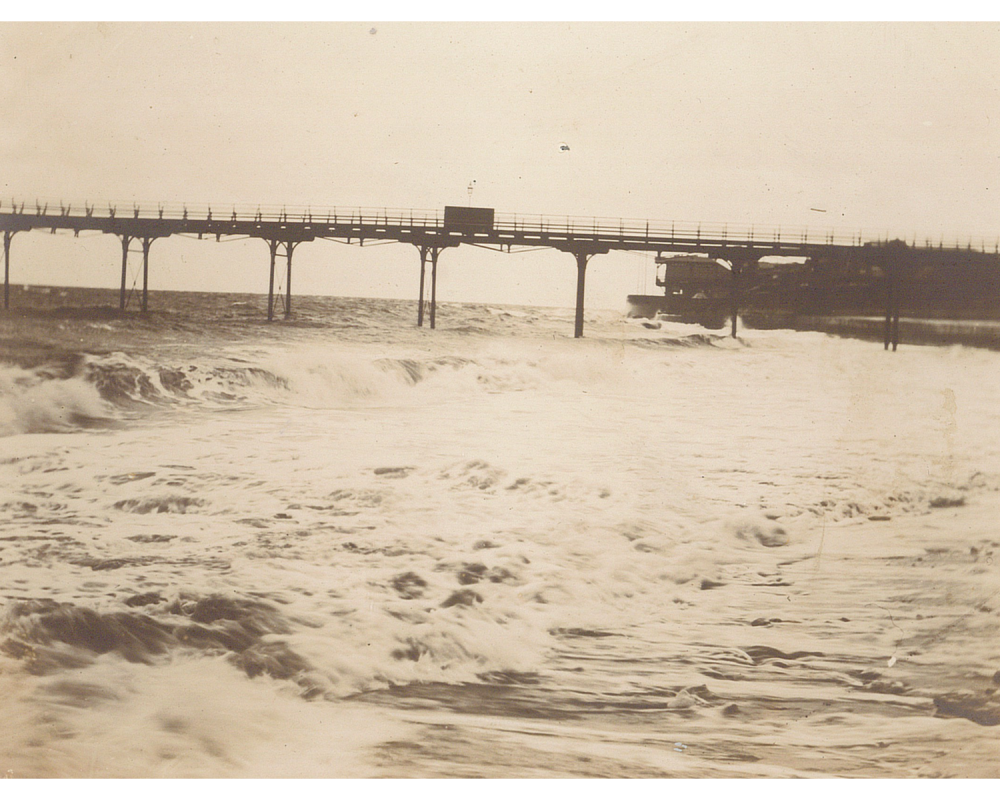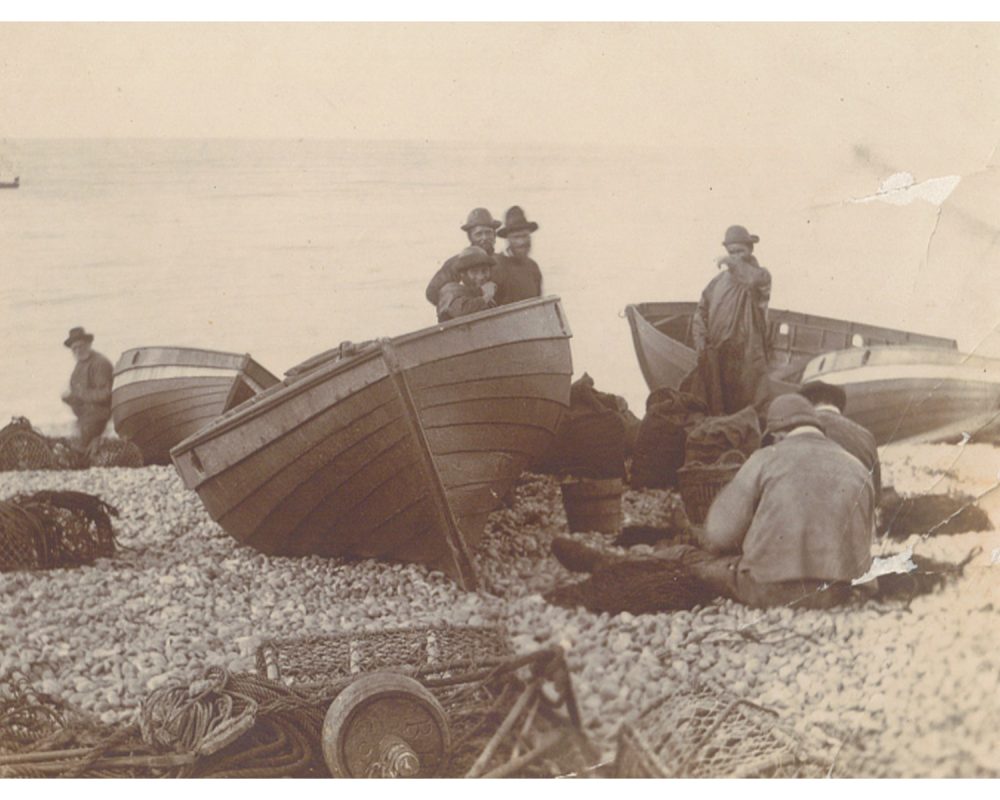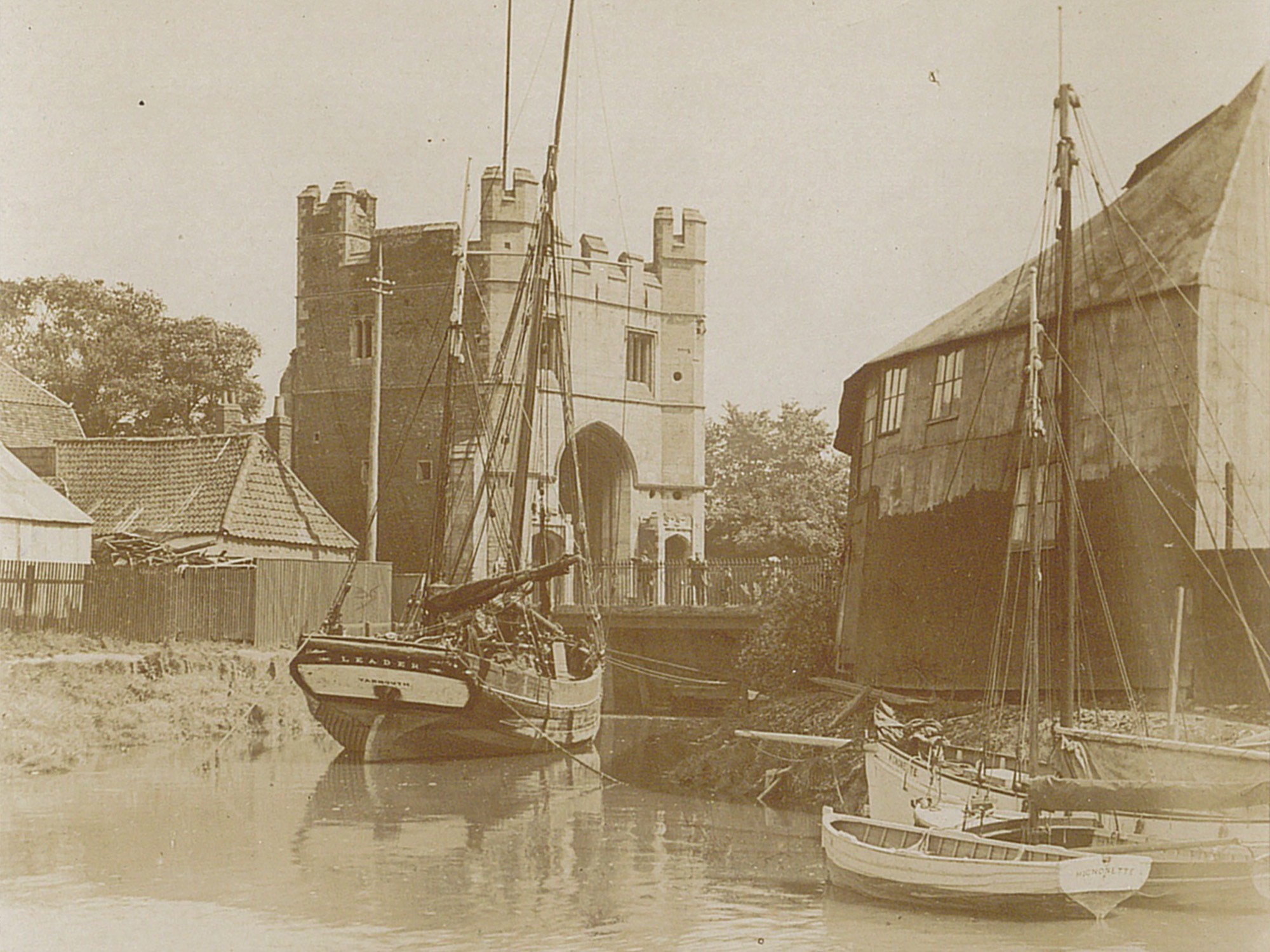
A spellbinding vision of Norfolk then and now
A glorious treasure trove of old photographs and memorabilia, which travelled across the globe in an old shoebox, has opened a unique window into West Norfolk’s rich and remarkable history
PICTURES: Many of King’s Lynn’s greatest gems feature in W.E. Daw’s collection including the South Gate (above) and Town Hall (below).
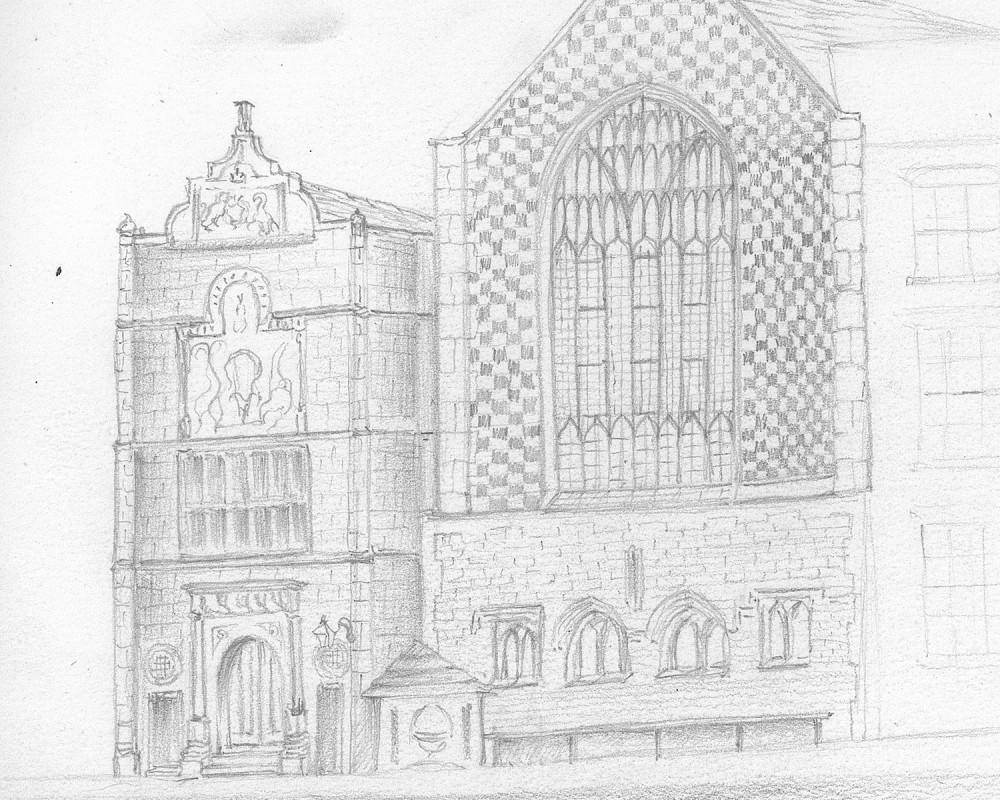
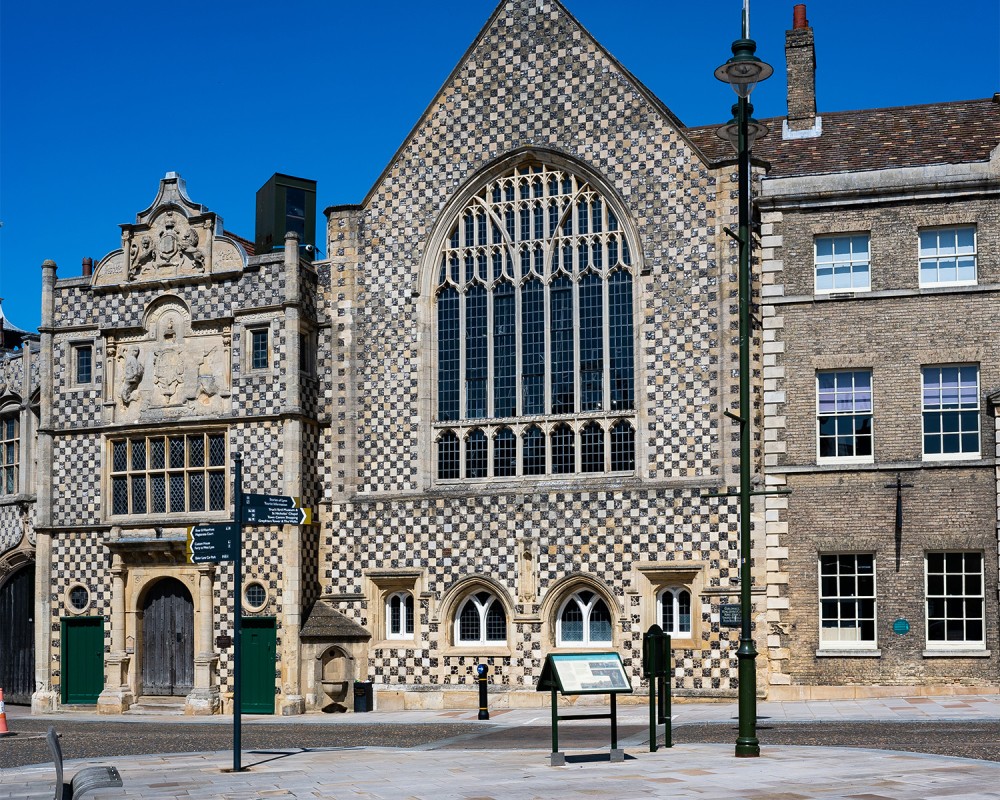
Skilfully captured, rediscovered with delight and showcased with passion and pride, the amazing collection from which this story evolved is something truly special. It forms part of the life’s work of the pioneering photographer William Edward Daw, who lived in King’s Lynn in the late 19th and early 20th centuries - and whose legacy now lives on in an enthralling book compiled by his great-great-grandson, Cliff Edwards.
“My family ties to Norfolk date back to the 1500s, but my personal connection with the county began in my grandmother’s house on the sunny Essex coast,” Cliff explains. “There, within an upstairs cupboard filled with photographs and vintage photography equipment, I discovered a wonderful wealth of hidden history; a rich collection of pictures, postcards and sketches offering a detailed view of West Norfolk’s past.”
Cliff later learned that this astounding array of images originated from his great-great-grandfather, W. E. Daw, a key figure in the burgeoning scene of organised amateur photography in the Victorian and Edwardian eras.
While most of the larger collection was lost, he was fortunate to salvage a valuable part of it, which he admired with affection and carefully placed in
a shoebox for protection. This accompanied him on travels through the diverse landscapes of North America, Europe, Asia and New Zealand before finally settling with him in Australia.
“How these pieces survived in such good condition, I have no idea,” Cliff muses. “The smell of mothballs, which my grandmother placed in her cupboard to conserve the collection, still lingers.”
Feeling lucky to hold such an exquisite selection of historic drawings and scenes from centuries past, Cliff sought to share their splendour with those who would cherish them most. In 2020, he posted some of the photographs in the popular ‘Norfolk in Old Photographs and Postcards’ Facebook group and received an overwhelming response as locals marvelled at their magnificence.
Enthusiastic comments helping to identify landmarks and a sea of suggestions to compile the collection into a book sparked intensive research over each photo and sketch, the region of West Norfolk and the pioneering complexity of Victorian amateur photography processes.
“What started as a desire to preserve the honour and legacy of my great- great-grandfather’s work quickly became a labour of love,” Cliff reflects with a smile. “Researching the region and crafting the book evolved into a heartfelt exploration of the past and a view through the lens of the present, supported by photographers who came forward with marvellous modern works and spurred on by the team at Green Hill Publishing here in Adelaide.”
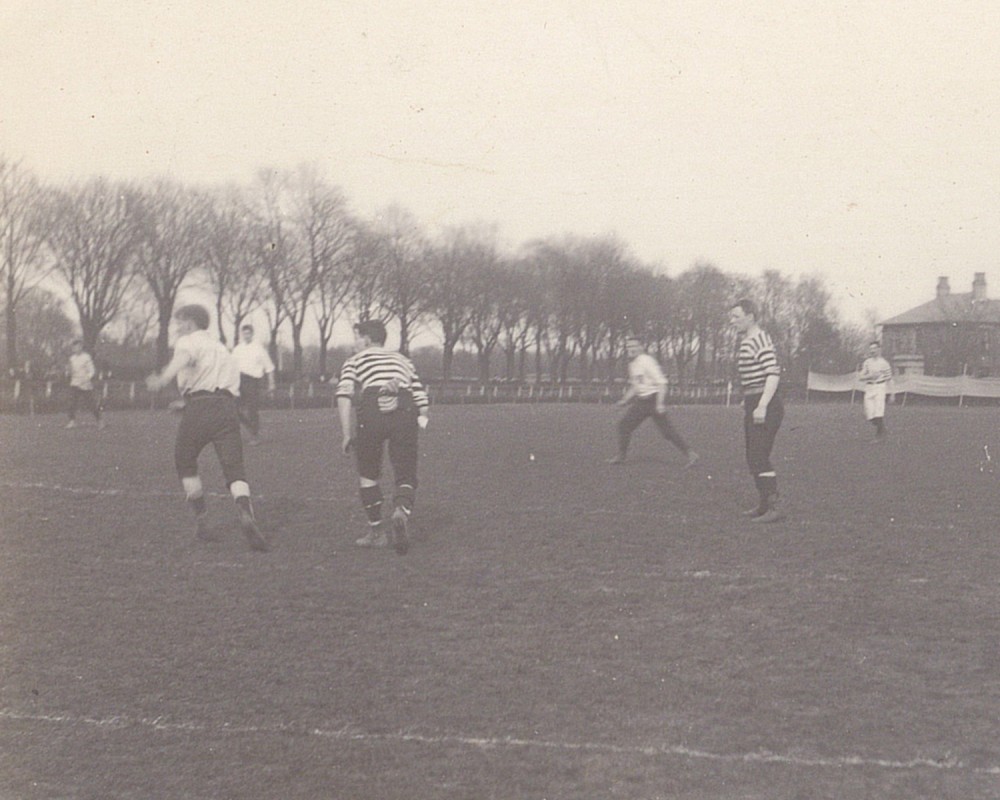
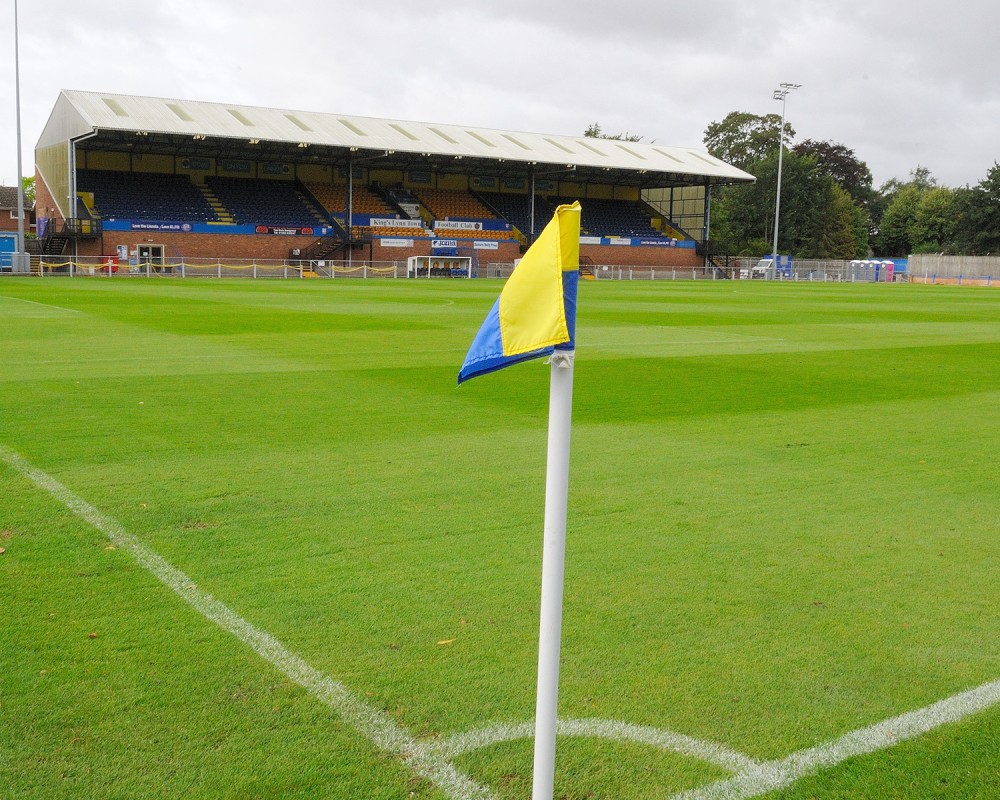
The result of Cliff’s remarkable venture is Then and Now: A Local Guide to Hunstanton, King’s Lynn and West Norfolk, a beautiful book blending old and new. It’s a special work weaving together two timelines, inviting readers to explore the narrative of West Norfolk’s evolution.
The book showcases a plethora of unique photographs from Daw’s collection including various scenes from Hunstanton beach, with fishermen gathering around their boats, digging for cockles on the sand and the drama of the horse-drawn lifeboat being launched.
Others capture the magnificent Sandringham Church, the imposing entrance to Hillington Hall and views of the formidable fortress of Castle Rising. Daw’s camera and sketchbook also perfectly preserved striking sights in the heart of King’s Lynn including the avenue of trees at The Walks, the Town Hall, Greyfriars Tower and the iconic Fisherfleet.
Works from Daw’s ventures west to the Norfolk border also feature delightfully detailed sketches of the impressive church at Outwell and a nearby threshing machine in the throes of harvesting.
While he loves them all, among Cliff’s personal favourites are photographs of football teams in action at The Walks Stadium in King’s Lynn - which are thought to be some of the first- ever visual records of the game being played. He also admits to a special fondness for an enchanting shot of two people in a boat at sunset, which shows the old Hunstanton pier in the background before it met its fiery fate.
These humble images of daily life and local gems give us a powerful collective snapshot of West Norfolk unlike any other, complemented by contextual facts, enhanced with photographs of Daw and his family and enriched with handwritten descriptions from
his daughter Florence Mary Daw in Cliff’s incredible book. However, this collection is not only about the past; Cliff extends a huge thank you to the community of local creatives who have echoed W.E. Daw’s pioneering spirit by generously sharing their work to help illustrate the changes that have occurred over time.
“My wish for the book is to take readers on a nostalgic ‘then and now’ journey and I feel proud to have collaborated with so many inspiring people to celebrate the history of the wonder that is West Norfolk,” he smiles. “Putting it together has been an amazing and rewarding experience; I feel extremely privileged to own these rare remaining links to the past, which I hope you can now enjoy too.”
To find out more about this outstanding exploration of West Norfolk’s history, character and culture, visit thenandnowwestnorfolk.co.uk
PICTURES: The Walks Stadium is one of the most historic football grounds in the country and Daw is believed to have captured some of the Searliest photos of the sport being played (right).
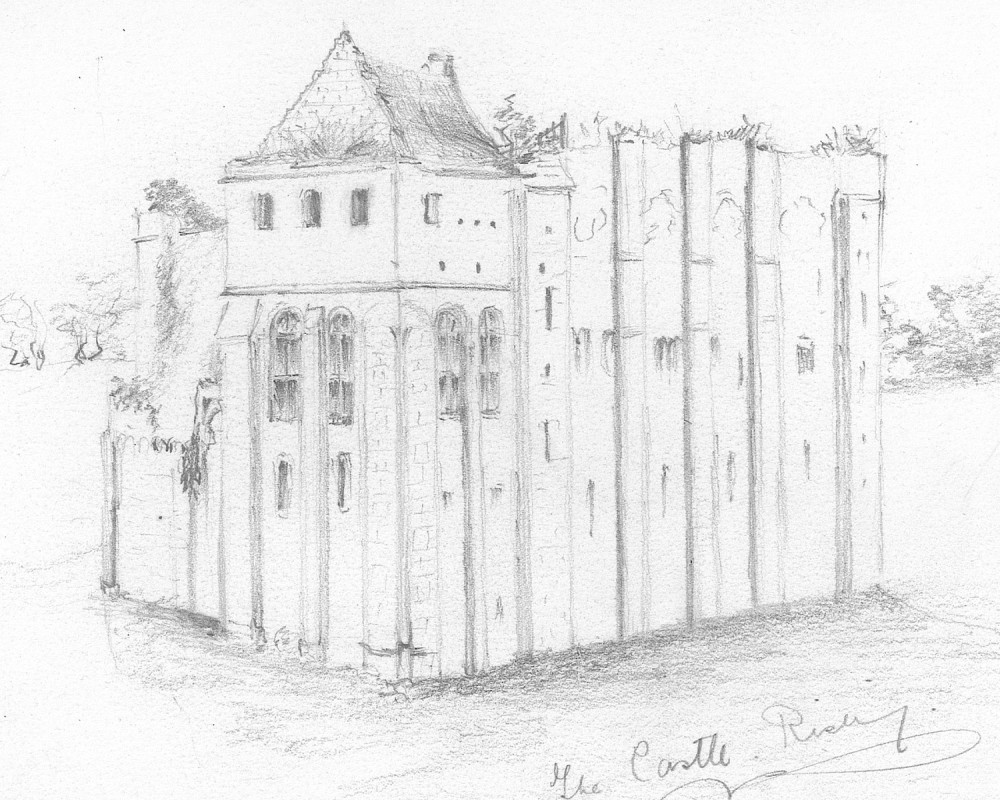
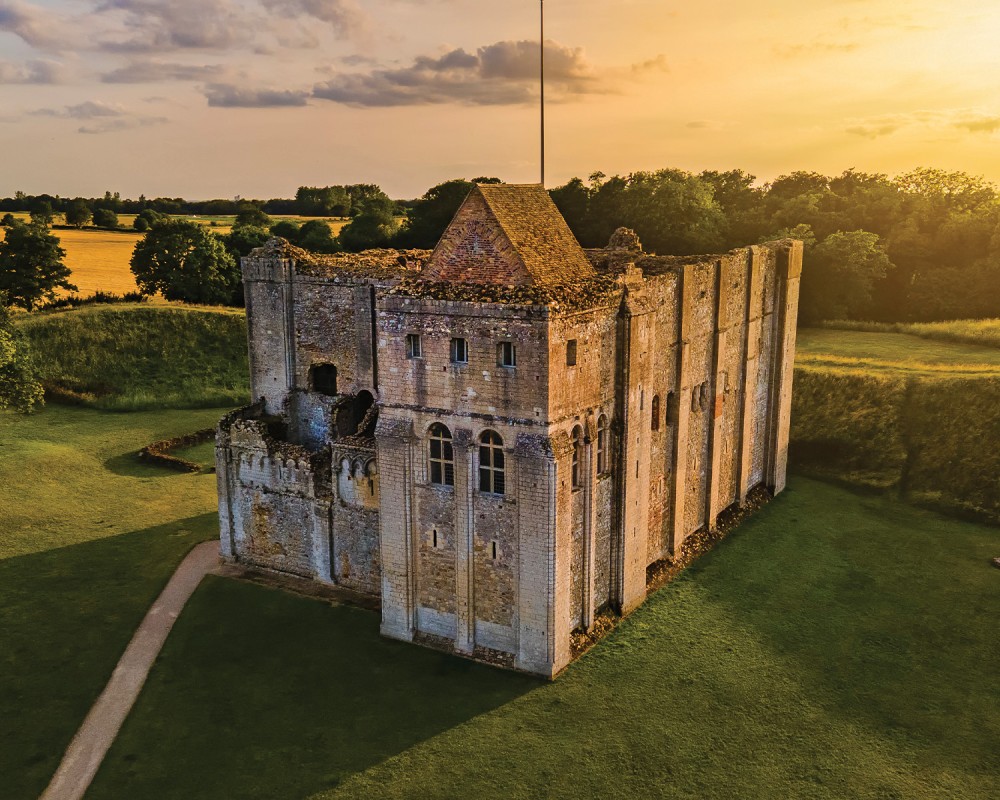
PICTURES: Daw’s sketches and pictures provide a unique window into the region’s past and present. Castle Rising Castle has seen little change over the decades (above), whereas Hunstanton Pier no longer stands (below). Daw also captured scenes of local life like in the picture below, entitled ‘Boats on the Shingle.
